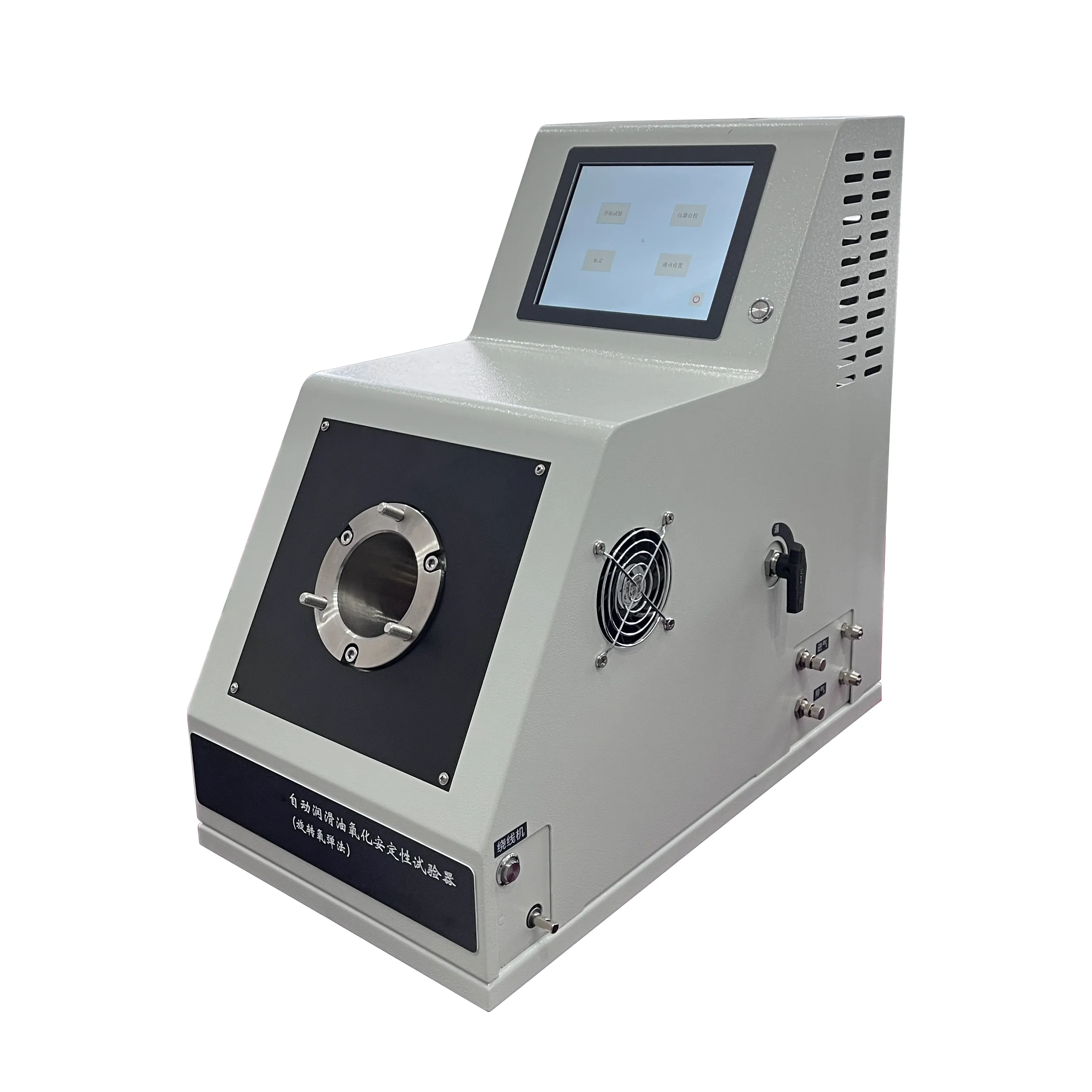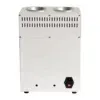TEL:
+86-0312-3189593
 English
English

Telephone:0312-3189593

Email:sales@oil-tester.com

-
 Afrikaans
Afrikaans -
 Albanian
Albanian -
 Amharic
Amharic -
 Arabic
Arabic -
 Armenian
Armenian -
 Azerbaijani
Azerbaijani -
 Basque
Basque -
 Belarusian
Belarusian -
 Bengali
Bengali -
 Bosnian
Bosnian -
 Bulgarian
Bulgarian -
 Catalan
Catalan -
 Cebuano
Cebuano -
 China
China -
 China (Taiwan)
China (Taiwan) -
 Corsican
Corsican -
 Croatian
Croatian -
 Czech
Czech -
 Danish
Danish -
 Dutch
Dutch -
 English
English -
 Esperanto
Esperanto -
 Estonian
Estonian -
 Finnish
Finnish -
 French
French -
 Frisian
Frisian -
 Galician
Galician -
 Georgian
Georgian -
 German
German -
 Greek
Greek -
 Gujarati
Gujarati -
 Haitian Creole
Haitian Creole -
 hausa
hausa -
 hawaiian
hawaiian -
 Hebrew
Hebrew -
 Hindi
Hindi -
 Miao
Miao -
 Hungarian
Hungarian -
 Icelandic
Icelandic -
 igbo
igbo -
 Indonesian
Indonesian -
 irish
irish -
 Italian
Italian -
 Japanese
Japanese -
 Javanese
Javanese -
 Kannada
Kannada -
 kazakh
kazakh -
 Khmer
Khmer -
 Rwandese
Rwandese -
 Korean
Korean -
 Kurdish
Kurdish -
 Kyrgyz
Kyrgyz -
 Lao
Lao -
 Latin
Latin -
 Latvian
Latvian -
 Lithuanian
Lithuanian -
 Luxembourgish
Luxembourgish -
 Macedonian
Macedonian -
 Malgashi
Malgashi -
 Malay
Malay -
 Malayalam
Malayalam -
 Maltese
Maltese -
 Maori
Maori -
 Marathi
Marathi -
 Mongolian
Mongolian -
 Myanmar
Myanmar -
 Nepali
Nepali -
 Norwegian
Norwegian -
 Norwegian
Norwegian -
 Occitan
Occitan -
 Pashto
Pashto -
 Persian
Persian -
 Polish
Polish -
 Portuguese
Portuguese -
 Punjabi
Punjabi -
 Romanian
Romanian -
 Russian
Russian -
 Samoan
Samoan -
 Scottish Gaelic
Scottish Gaelic -
 Serbian
Serbian -
 Sesotho
Sesotho -
 Shona
Shona -
 Sindhi
Sindhi -
 Sinhala
Sinhala -
 Slovak
Slovak -
 Slovenian
Slovenian -
 Somali
Somali -
 Spanish
Spanish -
 Sundanese
Sundanese -
 Swahili
Swahili -
 Swedish
Swedish -
 Tagalog
Tagalog -
 Tajik
Tajik -
 Tamil
Tamil -
 Tatar
Tatar -
 Telugu
Telugu -
 Thai
Thai -
 Turkish
Turkish -
 Turkmen
Turkmen -
 Ukrainian
Ukrainian -
 Urdu
Urdu -
 Uighur
Uighur -
 Uzbek
Uzbek -
 Vietnamese
Vietnamese -
 Welsh
Welsh -
 Bantu
Bantu -
 Yiddish
Yiddish -
 Yoruba
Yoruba -
 Zulu
Zulu
ફેબ્રુવારી . 08, 2025 01:52
Back to list
insulation power factor test transformer
The insulation power factor test for transformers is a critical procedure in evaluating the insulation characteristics of these vital power distribution components. This test is conducted to ensure the reliability and efficiency of transformers, which are fundamental in the operation of electrical networks. As global demand for energy efficiency and reliability continues to rise, understanding and implementing this test becomes even more pertinent. Herein, we delve into the specifics of this test, drawing from extensive experience, specialized expertise, and reliable sources to provide a comprehensive guide.
While the basic principles of the insulation power factor test remain constant, advancements in technology and methods are continually enhancing its reliability. The adoption of digital measurement systems, which offer higher precision and reduced human error, has taken a forefront position in state-of-the-art testing practices. Furthermore, integrating data analytics with test results allows for more sophisticated trend analyses, which can predict issues well before they manifest, positioning this as a key tool for preventative maintenance strategies. Trustworthiness and Reliability Trust in testing results is paramount, and ensuring reliability involves several layers of cross-verification. Utilizing calibrated and certified equipment is essential, as is ensuring that all personnel involved are trained to the highest standards. The integrity of test results can also be bolstered by adhering to established international standards, such as IEEE and IEC, which provide comprehensive guidelines for conducting these tests. Selecting the Right Equipment Different transformers may necessitate different test equipment configurations. It is critical to select gear that is compatible with the specific type and rating of the transformer being tested. Frequent calibration and maintenance of the test equipment itself is an integral part of ensuring accurate results, contributing to the overarching trust in the testing process. Conclusion The insulation power factor test stands as a cornerstone in the field of transformer maintenance, embodying a paradigm of efficiency and early fault detection. Through the lens of extensive experience, specialized expertise, technological advancements, and stringent adherence to global standards, this test effectively safeguards the health of transformers. For professionals in the energy sector, this not only secures existing infrastructure but also fortifies the pathway towards sustainable energy management. In the fast-evolving landscape of electrical distribution, the insulation power factor test remains an essential practice backed by credible, in-depth knowledge and executed with precision. It underscores a broader commitment to achieving excellence in power systems management, ensuring that transformers operate reliably, efficiently, and sustainably.


While the basic principles of the insulation power factor test remain constant, advancements in technology and methods are continually enhancing its reliability. The adoption of digital measurement systems, which offer higher precision and reduced human error, has taken a forefront position in state-of-the-art testing practices. Furthermore, integrating data analytics with test results allows for more sophisticated trend analyses, which can predict issues well before they manifest, positioning this as a key tool for preventative maintenance strategies. Trustworthiness and Reliability Trust in testing results is paramount, and ensuring reliability involves several layers of cross-verification. Utilizing calibrated and certified equipment is essential, as is ensuring that all personnel involved are trained to the highest standards. The integrity of test results can also be bolstered by adhering to established international standards, such as IEEE and IEC, which provide comprehensive guidelines for conducting these tests. Selecting the Right Equipment Different transformers may necessitate different test equipment configurations. It is critical to select gear that is compatible with the specific type and rating of the transformer being tested. Frequent calibration and maintenance of the test equipment itself is an integral part of ensuring accurate results, contributing to the overarching trust in the testing process. Conclusion The insulation power factor test stands as a cornerstone in the field of transformer maintenance, embodying a paradigm of efficiency and early fault detection. Through the lens of extensive experience, specialized expertise, technological advancements, and stringent adherence to global standards, this test effectively safeguards the health of transformers. For professionals in the energy sector, this not only secures existing infrastructure but also fortifies the pathway towards sustainable energy management. In the fast-evolving landscape of electrical distribution, the insulation power factor test remains an essential practice backed by credible, in-depth knowledge and executed with precision. It underscores a broader commitment to achieving excellence in power systems management, ensuring that transformers operate reliably, efficiently, and sustainably.
Previous:
Latest news
-
Testing Equipment Industry Sees Major Advancements in 2025: Smart & Precision Technologies Lead the WayNewsJun.06,2025
-
Applications of Direct Current Generators in Renewable Energy SystemsNewsJun.05,2025
-
Hipot Tester Calibration and Accuracy GuidelinesNewsJun.05,2025
-
Digital Circuit Breaker Analyzer Features and BenefitsNewsJun.05,2025
-
Benefits of Real-Time Power Quality Monitoring Devices for Industrial EfficiencyNewsJun.05,2025
-
Earth Fault Loop Testing in High-Rise Building Electrical SystemsNewsJun.05,2025



